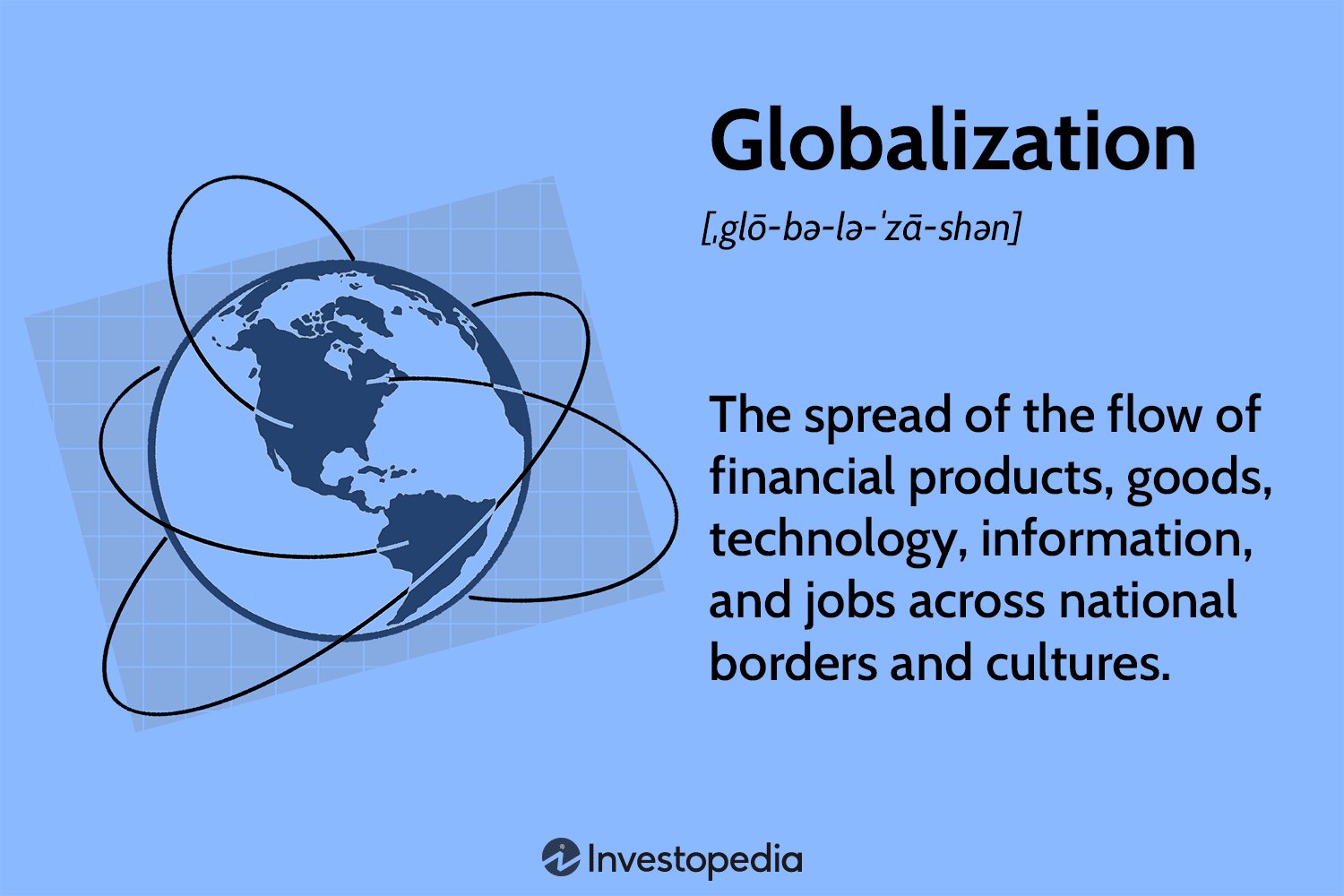Search and rescue robots.
Blog update,by Dana and Valeria.
As students of computational robotics engineering, most of our projects tend to involve physical models. Multiple models can be extremely useful for various situations, but one of the most valuable ones in recent times has been those dedicated to search and rescue. These robots can operate in any possible mode of transportation, so they can be either drones or underwater models, depending on our goals and what we want to locate.
These robots require globalization because different regions of the world specialize in robots for different environments. For example, in areas with more islands, it's common to have more expertise in aquatic devices, while places with mountainous terrain might have greater knowledge of drones or robots designed for higher altitudes.
These robots are not particularly cheap, although they do tend to have a somewhat more reasonable price compared to other types of robots in different categories. However, they would still depend on government support or donations, especially if they are intended for use in assisting with disasters in third-world countries.
That's why an option is to create robots from reused materials, like the leftovers that some factories or workshops may donate. We could have disposable models that work the same way but are cheaper due to their shorter lifespan. Despite seeming like a disadvantage, this wouldn't be too significant when considering that most of these robots don't meet their expected lifespan due to accidents related to their tasks, such as collisions with objects, debris falls, or navigating rough surfaces.

Comments
Post a Comment